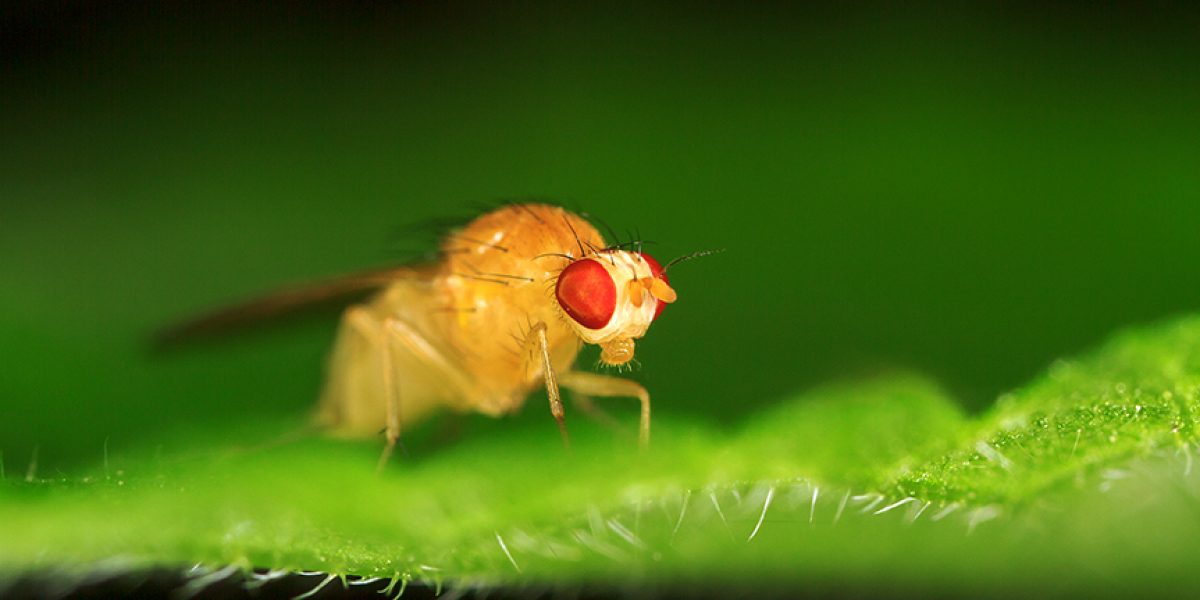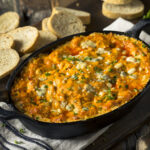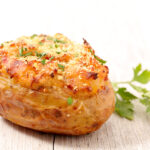Fruit flies can be found indoors in the presence of overripe fruits, the fall months are a time when their population size is high and bothersome. This is especially true for anyone with a vegetable garden or backyard orchard, because of the abundance of food sources for them.
Fruit flies, also known as vinegar flies (family Drosophilidae), are very small (about 1/10 inch) and light brown with red eyes. They love fermenting fruits and are attracted to sweet liquids including fruit, or vegetable juice, and unwashed soda and beer cans with liquid inside them. Sometimes, the flies can be brought accidentally with produce that has eggs already laid inside.
After laying eggs inside overripe or rotting produce, the larvae emerge in a few days and become adults in as little as seven to 10 days. It can seem like fruit flies appear out of nowhere.
Control options
Focus on the eggs
Get rid of food sources
Clean drains
Fly traps
In combination with sanitation, homemade or commercially available fruit fly traps can aid in reducing their numbers:
Paper cone
Vinegar in a glass
This article was published by
Michigan State University Extension
![]()












